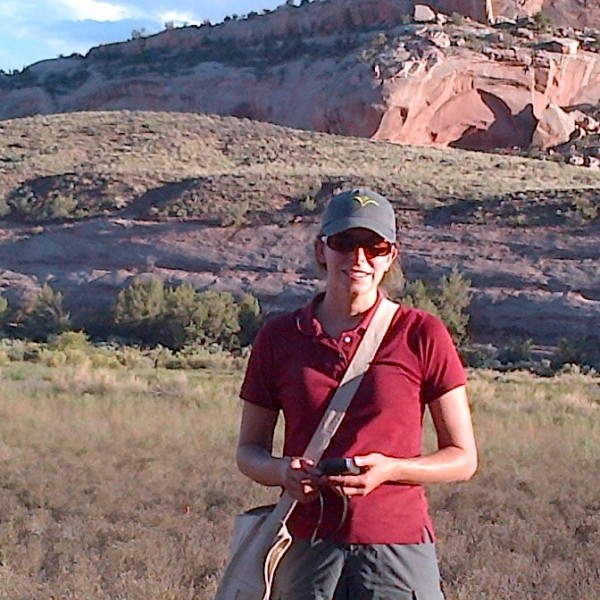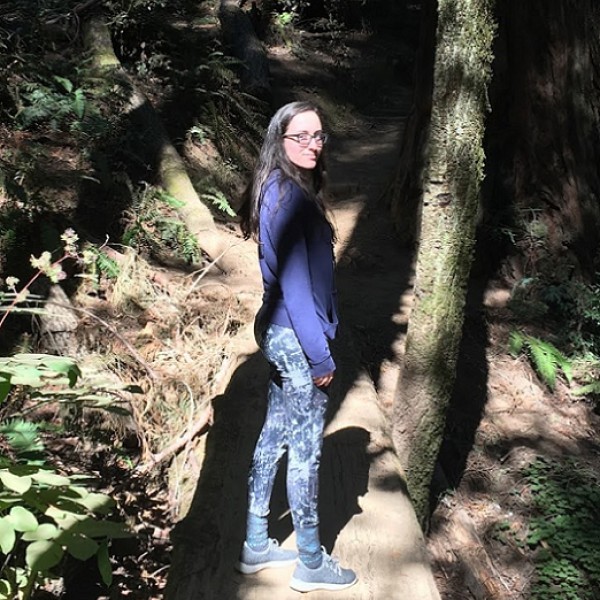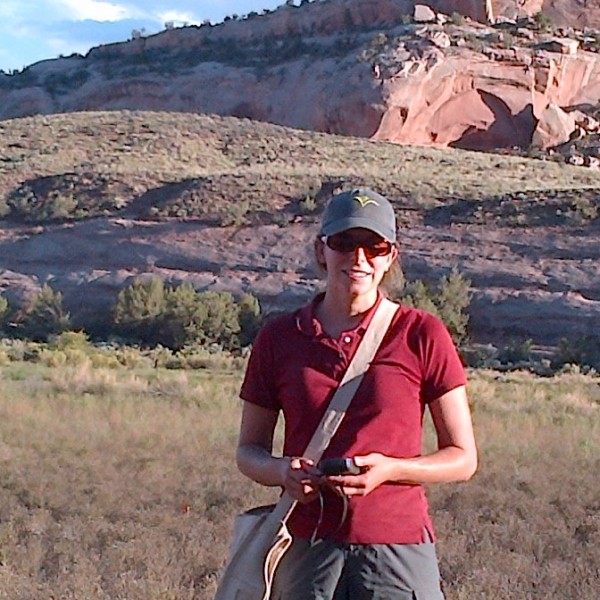
Understanding changes in genetic diversity when producing seed for restoration 2018
Chicago Botanic Garden
Ecology, Genetics
Genetic diversity is an important quality in seeds used for ecological restorations. Sourcing seeds from multiple wild populations increases overall genetic diversity. To produce enough seeds for large-scale restorations, multi-source seed production beds are used to combine seeds from wild populations, increase genetic diversity, and increase seed volume. However, this process can lead to unintentional changes in genetic diversity in the produced seed mix. In the western U.S., seed-based restoration is common for sites damaged by wildfires and invasive species. Penstemon pachyphyllus, the focal species of this REU project, is a wildflower native to the western U.S. that is used in large-scale restorations and which is being produced in multi-source seed lots by collaborators at the US Forest Service and Utah Division of Wildlife Resources.
I am using molecular markers to follow genetic diversity through two generations of production of a multi-source seed lot containing 18 wild populations of P. pachyphyllus. The REU student will have an opportunity to develop their research question within the framework of this larger project, and will spend the majority of their time in the genetics lab extracting DNA and genotyping samples to answer their question. The student will work with the graduate student mentor and staff scientist to synthesize, analyze, and communicate the results of their research to REU students and Garden staff at the end of their internship, and will have an opportunity to be involved in communicating results via presentations and publications following the conclusion of their internship.




